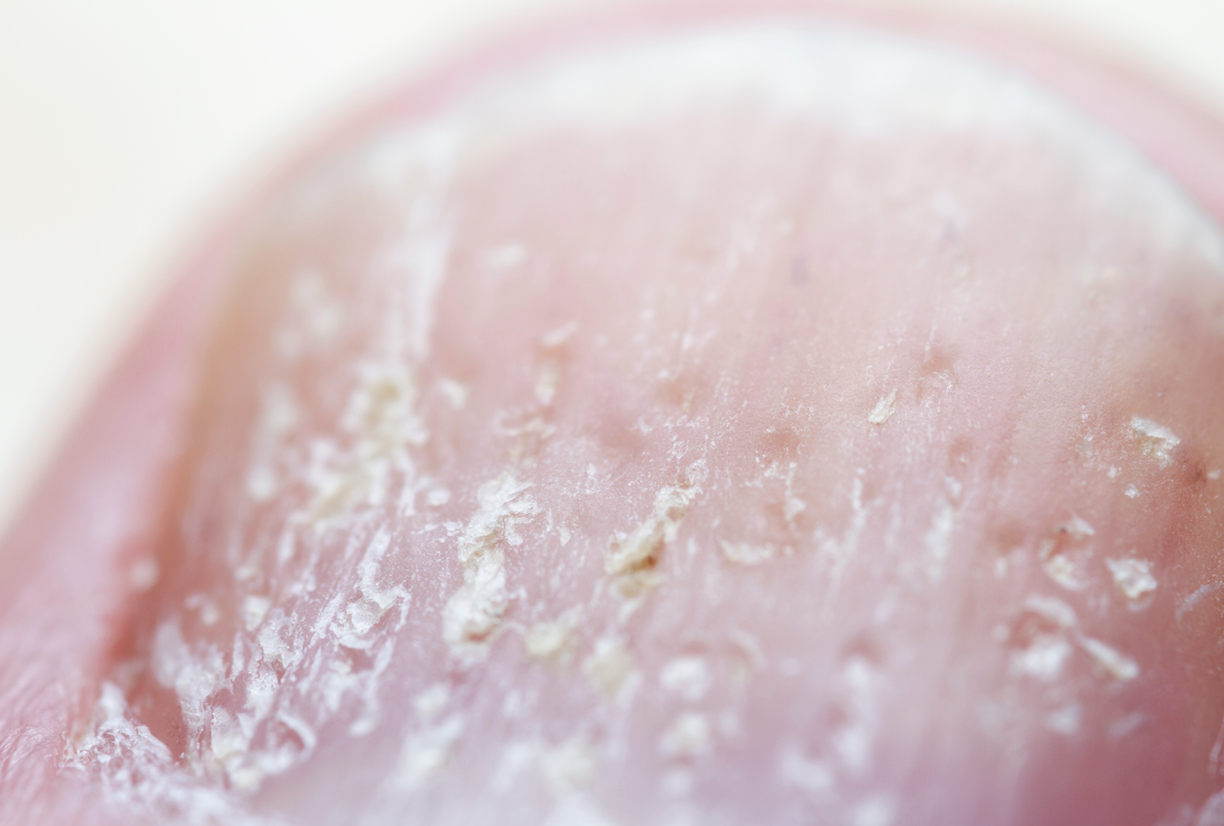What is Nail Psoriasis?
London Dermatology | 9 October 2024
Fingernails and toenails affected by nail psoriasis can change in appearance from discolouration to modifications in the nail bed. Injections of corticosteroids and hydrocortisone cream are only two of the therapy options available.
A person’s quality of life may be negatively impacted by both physical and emotional effects of nail psoriasis. Although there is treatment available, symptoms may not go away right away.
In young people, skin cells typically divide every 28–30 days. Because of an overactive immune system, psoriasis sufferers’ cells proliferate every three to four days. Some exposed skin areas consequently become thick, irritated, and irritating.
The skin includes the nails. They originate from the nail root, where psoriasis affects them, right under the cuticle. An immune system chronic illness is nail psoriasis. Since it is an autoimmune disorder, the immune system unintentionally targets the healthy nail tissue.
A person with nail psoriasis may have the following nail problems:
dents or holes
white spots
grooves
changes in shape or size
thickening
onycholysis, separation of the nail from the nail bed
crumbling
discolouration
blood streaks

